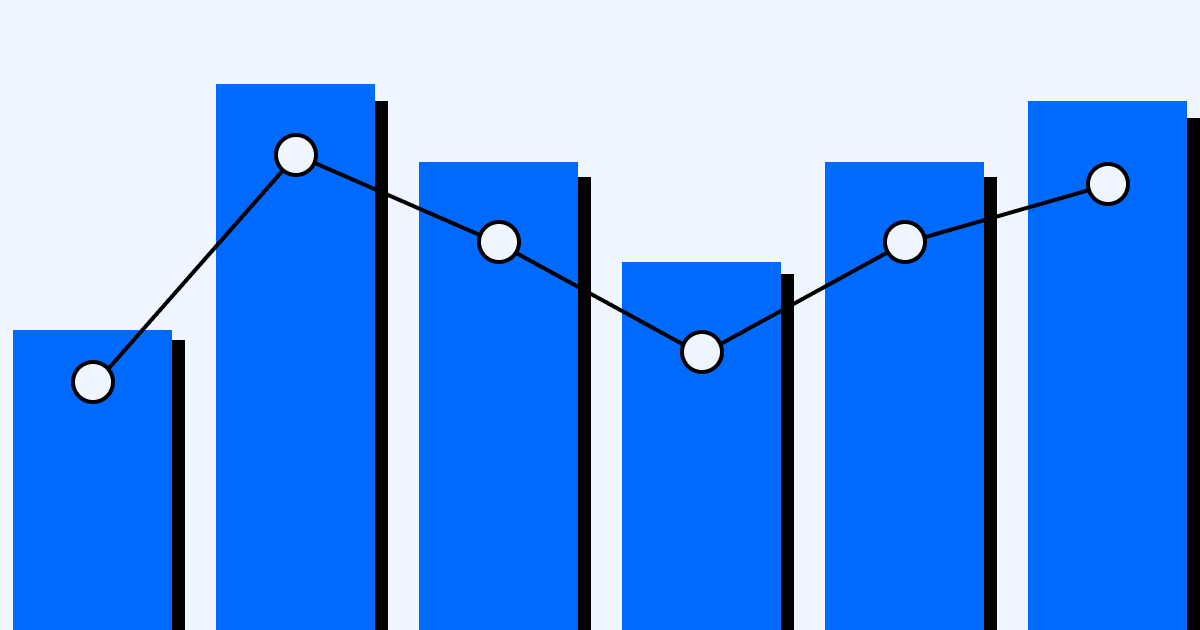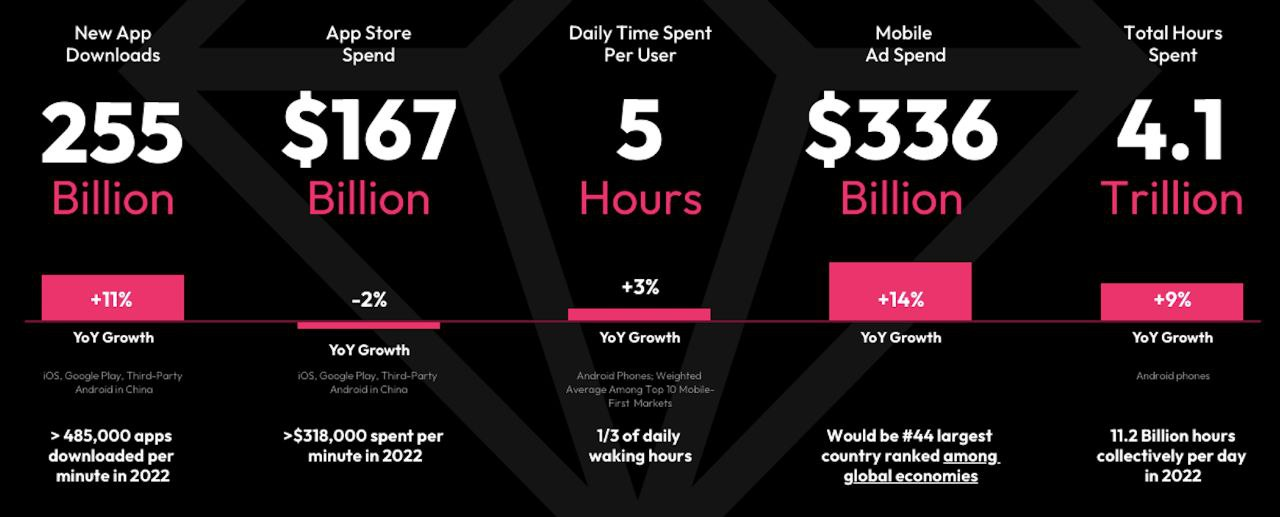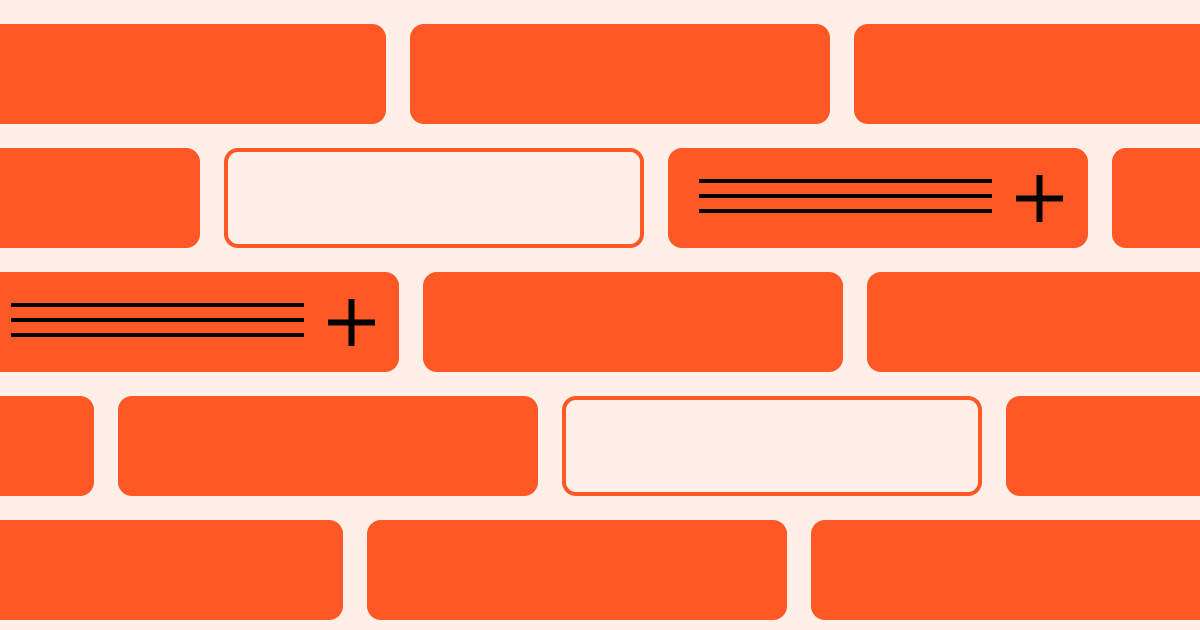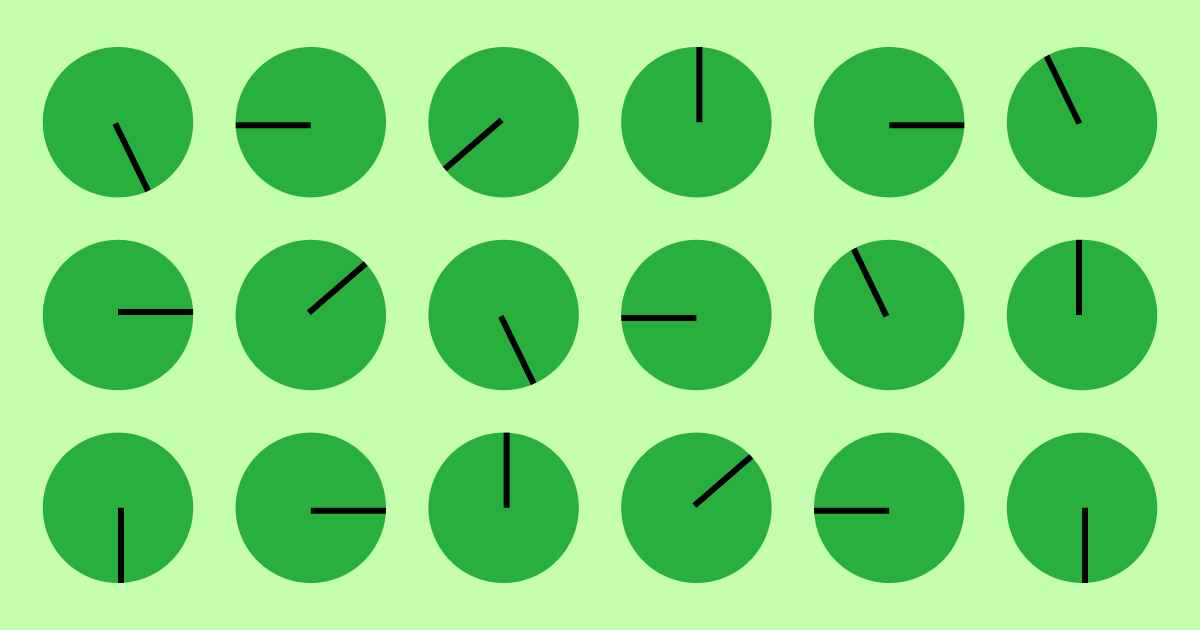Module 1: How to Evaluate Your Business’s Worth

There’s a wide range of valuation strategies for determining your business’s worth. However, the valuation method you’ll use depends on the kind of business you’re selling. Is it a micro-SaaS startup, mobile app, or newsletter?
In this module, we’ll explore all three valuation methods.
How to Value a Micro-SaaS Business
Valuing a micro-SaaS startup involves considering factors such as financials, market conditions, and growth potential.
The four most common methods for determining a micro-SaaS company’s worth are the Seller Discretionary Earnings (SDE), Earnings Before Interest, Taxes, Depreciation, and Amortization (EBITDA), Annual Recurring Revenue (ARR) and revenue multiples.
Let's explore them in more detail.
Seller Discretionary Earnings (SDE)
SDE is one of the best valuation methods for small businesses, not just micro-startups, because of its simplicity. It takes into account your pre-tax profit and your earned salary before deducting the company’s expenses. The remaining value is your SDE.
SDE = (Revenue + Owner Compensation) - (Cost of Goods Sold + Operating Expenses)
Micro-SaaS company value = SDE x valuation multiple
This valuation model is typically used for small software businesses valued at under $5,000,000.
EBITDA
EBITDA stands for Earnings Before Interest, Taxes, Depreciation, and Amortization. EBITDA factors in the owner’s wages when measuring the company’s financial performance/profitability to determine its cash flow strength.
It’s arguably the best micro-SaaS startup valuation method. However, it considers more factors and is better suited to much larger micro-SaaS startups, earning over $5 million, with more employees and complex financials.
EBITDA = Earnings + Interest + Taxes + Depreciation + Amortization
After finding your EBITDA, you then multiply it by your company’s multiple (more on that in a bit). The formula for getting micro-SaaS valuation then becomes;
Micro-SaaS startup valuation = EBITDA x valuation multiple
Revenue valuation
The revenue method is a much simpler way to calculate a micro-SaaS startup’s valuation. You arrive at the value by multiplying the company’s annual recurring revenue (ARR) or monthly recurring revenue (MRR) by the multiplier.
An interesting feature of this model is that good customer retention and steady profits over time can lead to a higher valuation. On the other hand, the valuation is based on the company’s growth, so buyers may not be willing to pay an acceptable price if it’s not growing.
Valuation = revenue x multiple
How to Find Your Micro-SaaS Valuation Multiple
These are the factors to consider when finding your micro-SaaS multiplier: industry, finances, customer acquisition, and operations.
Finances
Consider the age of your business, income stability, your influence as the owner, and the monthly and annual revenue trends over the past 1 - 3 years.
Customer acquisition
This involves the target market, customer acquisition channels, customer acquisition cost (CAC), customer lifetime value, churn rate, search rankings and traffic trends. Another factor to consider is how search algorithm changes have affected the site.
Industry
When considering the industry, look at the level of competition, barriers to entry, financial strength of competitors, and the growth phase of the industry.
Operations
Things to consider: the technical know-how required to run the micro-SaaS business, the tech stack, the percentage of the business that can be run without the founder (you), and the number of staff the business employs.
When you consider these factors, the multiplier for micro-SaaS businesses typically ranges from 3x to 5x of the business’s revenue or earnings (when using the EBITDA method). When calculating the SDE, the micro-SaaS multiple could range from 3x to 10x the SDE value.
How to Value A Newsletter’s Worth
Sending email newsletters is one of the most profitable ways of building a business online. Emails also drive the highest ROI when compared to other marketing channels ($40 per $1 spent!). So if you’re considering selling your newsletter, you could have a very valuable marketing asset at your disposal.
Let’s help you find its valuation.
Factors to consider before selling your email newsletter
The value of newsletters isn’t just tied to the subscriber base size: there are more important factors to prioritize.
Age of the newsletter
Simply put, older newsletters tend to be more valuable than newer ones. This is because building trust takes time. You need to maintain constant communication and consistently deliver value to your subscribers.
On the other hand, newer newsletters haven’t stood the test of time, and you can’t guarantee that their open and click-through rates won’t go down.
Email list acquisition strategy
Do not despair if your newsletter is new or the email list is small; there’s hope.
If you own a blog or referral program, or consistently create valuable content on social media/email, or do cross-promotion with relevant newsletters, etc., buyers can be confident that your newsletter subscribers will be very engaged. Even if the list is small, your acquisition strategy can increase the newsletter’s value.
Email subscriber base
Typically, the more subscribers an email list has, the more money it can make. But this doesn’t hold in all cases. While the number of subscribers is a good metric for determining the value of an email newsletter, it’s not indicative of its engagement rate. A large list may not be profitable if the engagement rate is poor due to sleazy acquisition strategies.
So while the number of subscribers matters, more important factors like the open and click-through rates are worth considering.
Open and click-through rates (CTR)
Open and click-through rates are probably the most important factors to consider when evaluating a newsletter’s worth. A smaller newsletter with a more engaged audience is more valuable and profitable than a larger list with a poor engagement rate. Good engagement means the newsletter has attracted the right audience who finds the content valuable and is interested in the owner’s offering.
Frequency of sending emails
The frequency of email sends can impact a newsletter’s engagement rate. An email list that receives an email per week will be more engaged than one that only receives one email per month or whenever the owner has a sale promotion. The more emails you send, the more trust and connection you build with your audience.
Source of revenue
Newsletters make money through different ways: paid sponsorships, where people pay you to advertise their products or services or affiliate promotions, where you link to affiliate sites or products. You could also sell your products or services, or use a mix of these strategies.
Whichever it is, your newsletter will be more valuable if your revenue is predictable with the potential for further monetisation.
Cost of production/profit margins
Aside from operational costs like paying for the email service provider (ESP), there are also promotional costs, content creation costs, your time, etc., that impact the value of your newsletter.
Learn more about how to value a micro-startup.
How to evaluate a newsletter
Here’s a simple formula for measuring your newsletter’s value;
Newsletter valuation = (last 6 months profit + operational costs) x multiplier
While we recommend using multiples ranging from 3x to 5x for micro-SaaS startups, we use a higher multiplier for newsletters: 10x to 20x.
So if your newsletter generated $500 in profit in the last 6 months (with the operational cost factored in), you can sell it for around $5000 on Microns.io. Keep in mind that other factors, like the engagement rate, etc., can impact this value, making it more valuable.
Another way to evaluate newsletters is with the subscriber valuation method, where you essentially assign an average dollar value to each active subscriber and then multiply by your list size. The typical rule of thumb in the media‑business community is $1–$3 per subscriber for a consumer‑focused, advertising‑driven newsletter, and progressively higher for speciality, B2B, or subscription‑driven lists.
In addition to the base rate, which is $1–$3+ per subscriber, it also factors in metrics such as churn rate, geography, etc.
Here’s an example for a 10,000‑subscriber B2B newsletter with 50% open rates, low churn and a small paid tier:
Base $3.00 + 15% churn premium ($0.45) + $1 subscription premium = $4.45/subscriber → $44 500 total
You can learn more about how to value newsletters.
How to Value and Sell A Mobile App
The mobile app market is booming and showing no signs of slowing down. In 2023, there were 255 billion mobile app downloads, according to Data.ai’s report.

Source: Data.ai State of Mobile 2023 Report
So if you’ve got a mobile app on any of the app stores that you’d like to exit, this guide will help you learn how to determine your app’s market value.
Factors to consider when valuing an app
Before determining your mobile app’s value, we need to consider what the key valuation drivers that influence your app’s worth are.
Financial data
The first metric potential buyers will look at is your financials. How much revenue and profit does your mobile app make monthly and yearly? They’ll also be interested in how much it costs to keep the app running smoothly, as well as abnormalities in the financial history.
App features
Your app’s features refer to the app’s unique selling points and market positioning. What does it do that’s difficult to replicate? Has it got a trademark, patent, or other intellectual property? Does it have a solid brand equity that’ll make it stand out against competitors? Having any or all of these can guarantee a high valuation for your app.
Revenue model
How does your app generate revenue? Are you charging users a subscription or a one-time purchase fee? Steady cash flow, as subscriptions often lead to higher valuation, as they promise recurring revenue and appeal to buyers looking for long-term investments.
On the flip side, one-time purchase apps can generate quick revenue but miss out on ongoing income, which can lower their overall value. Buyers will also be interested in knowing the other revenue streams, like ads, in-app purchases, affiliates, etc., through which your app makes money.
User metrics
The number of active users and their behavior also impact your app’s valuation. The higher the engagement rate, retention rate, and user acquisition rate, the higher your app’s valuation.
Despite WhatsApp not making any money, Facebook bought it for $19 million because of its active user base. Today, WhatsApp boasts over 5 billion downloads and around 2.7 billion monthly active users.
Market trends
Understanding the growth potential of your app and keeping an eye on the competition can provide valuable insights into where your app stands. If you’re in a rapidly growing sector with few competitors, your app might fetch a higher price. However, if the market is saturated with similar offerings, you may need to adjust your expectations.
Mobile app valuation methods
After understanding what influences your app's value, it’s time to get into the nitty-gritty of determining its value. Fortunately, several effective valuation methods exist to help you do just that. Let’s explore four popular approaches.
Mobile app valuation earnings multiplier
The earnings multiplier valuation method considers the app’s value by subtracting its earnings from its expenses. In other words, it factors in the EBITDA (earnings before interest, taxes, depreciation, and amortization) before being multiplied by the appropriate multiple.
App valuation = EBITDA * multiple
Income approach: Discounted Cash Flow Analysis
The income-based approach, also known as the Discounted Cash Flow (DCF), is used to value an app by considering its potential future earnings. This takes into account factors like expected revenue growth and expenses. After analyzing the future income (around 5 - 10 years), the amount is discounted back to its present value to cover risks.
This method works best for subscription-based apps generating good recurring revenue: however, it’s more complex than the earnings multiplier approach.
Market approach: comparables in the industry
The market approach entails comparing your app with similar apps in the industry to gauge what they’ve sold for recently. To use this approach effectively, you’ll want to find apps with similar features, user base, and revenue models. This valuation method is ideal for mobile apps with a good market share.
App valuation = revenue * multiple
This helps you set a competitive price for your app based on real market conditions. Keep in mind that this approach works best in active markets where there are enough comparable sales to draw meaningful conclusions.
Cost approach: development costs vs. potential market value
This valuation method factors in the app’s development costs (such as design, marketing, app testing, and development) to find its potential market value. This is probably the best method for early-stage apps. While this might seem straightforward, it’s important to consider ongoing expenses like maintenance and update costs.
App valuation = (development costs + maintenance costs + update costs) - depreciation
However, relying solely on development costs can be misleading. Although it provides context, it doesn’t always reflect true market value as it doesn’t factor in the app’s prospects. The cost approach is best used as a supplementary method alongside income and market approaches.









